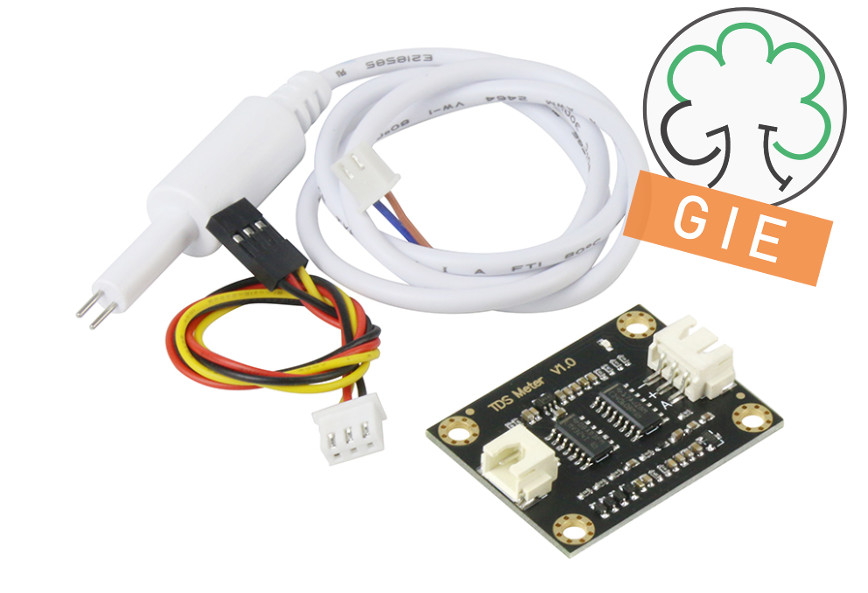

TDS stands for Total Dissolved Solids. A TDS sensor, is a device used to measure the concentration of dissolved solids in a liquid. These dissolved solids can include various inorganic salts, minerals, metals, and some organic compounds that are present in the water or solution.
TDS sensors work on the principle of electrical conductivity. When dissolved solids are present in a liquid, they can conduct electricity. The TDS sensor measures the electrical conductivity of the liquid and converts it into a TDS reading, typically expressed in parts per million (ppm) or milligrams per liter (mg/L).
TDS meters are commonly used in various applications, such as:
It's important to note that a TDS meter measures the total concentration of dissolved solids, but it does not identify the specific types of dissolved substances present. For that, additional testing and analysis may be required.
There are various organizations and guidelines that set standards and acceptable limits for TDS in different applications. Some common standards and guidelines include:
It's essential to check the specific standards and guidelines relevant to your particular application to ensure that the TDS levels are within the acceptable range for that specific use. Additionally, note that TDS is just one aspect of water quality, and other factors like pH, specific ions, and contaminants should also be considered for a comprehensive assessment.
*Note #1: TDS sensor can't use under the water above 55°C. *Note #2: TDS sensor can't too close to the edge of the container, otherwise reading will be affected.